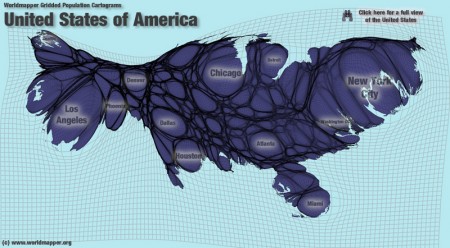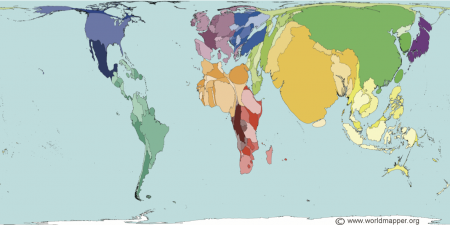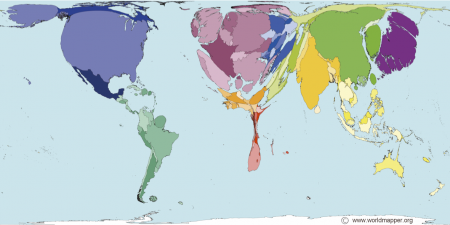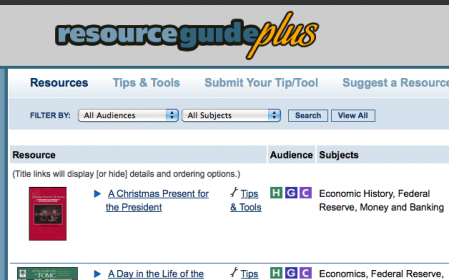Another nice resource that provides neat graphs of real data that are easy for students to understand is Pollster.com. The graphs of survey results are constantly updated and, if you want to, you can go into how they were created (survey questions, averages etc.). They’re great for current event discussions and research projects.
In addition to the national polls, like the president’s job approval (see below), the site also has charts for state level races, like for governor, which are handy around election time.
Pollster.com aggregates polls, because, depending on how a question is phrased, each poll will have it’s own bias. However, since not all of the poll data is freely available to the public, the sites of the major polling organizations, like GALLUP, are also quite useful. The polling organizations tend to have a much wider variety of poll results available. Gallup in particular provides some very nice graphs.





